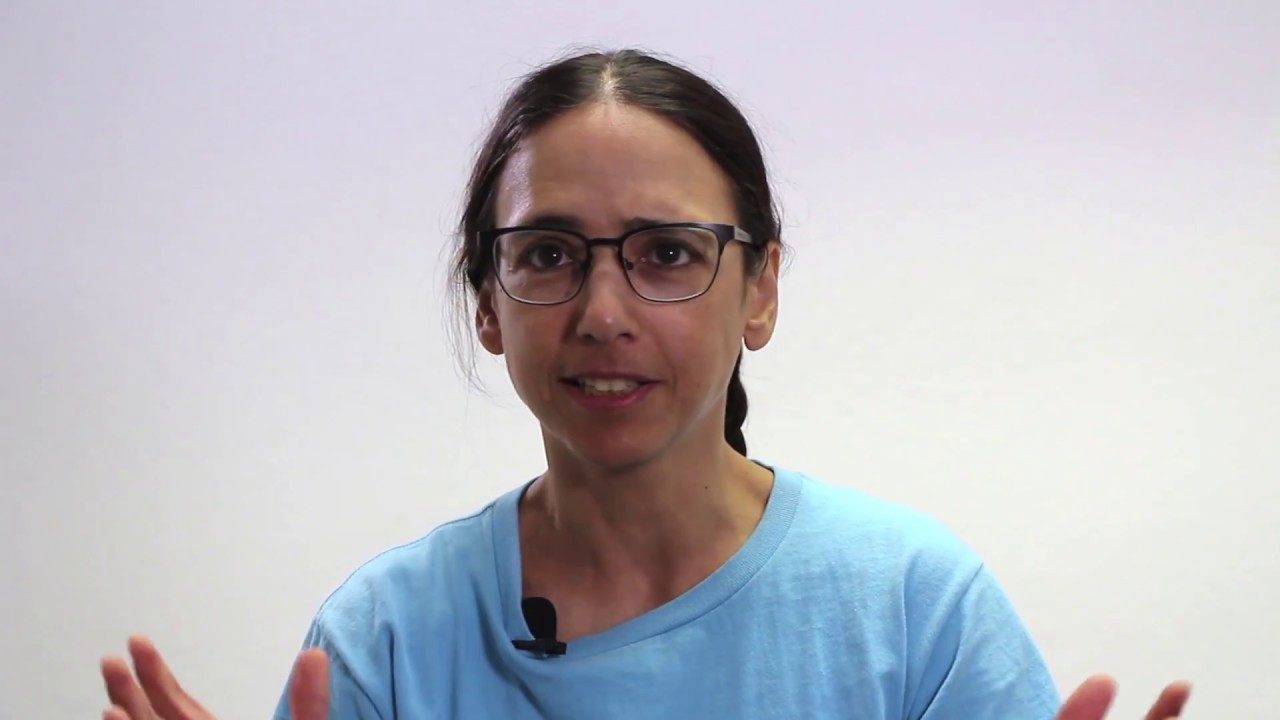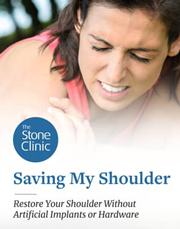Why Does Rotator Cuff Surgery Work or Fail?
Hear From Our Patients
Rotator Cuff Surgery Patient Swims AlcatrazWhy does rotator cuff surgery work or fail? Part of the answer depends on a related question: When a tendon tears, does it do so due to trauma or degeneration?

The rotator cuff is composed of four tendons, all of which are inserted on the upper arm. The tendons mostly fuse together to form a cuff over the round top of the humerus. When a tendon is torn, part of the rotator cuff retracts, the muscle atrophies, the bone of the top of the humerus is exposed, and the shoulder hurts—especially at night.
If a tendon of the rotator cuff fails in a person under 50 years of age due to trauma, such as a fall onto the shoulder, a sudden overload during a sporting activity, or a car accident, then most likely the tendon was healthy before the injury and has excellent healing potential.
If a tendon of the rotator cuff fails in a patient over 50 due to overuse, too many golf or tennis swings, a mild fall on an outstretched arm, or a poor pickleball serve, the possibility that the tendon was degenerative is high, and the healing potential is compromised.
Torn tissues try to heal themselves. In our current anabolic era of sports medicine, if the tendon ends are bathed in growth factors from PRP or other sources, many can heal to the point that the pain and inflammation resolve without surgery—even if the tendon does not fully reengage with the boney insertion on the humerus. Small tears have a much higher chance of healing than large ones. Tears without tendon retraction have the best chance. Healthy tendons are better than degenerative ones, and fresh tears are better than old ones. Avoiding cortisone, which shuts down cell metabolism and weakens tissues, is one key to success. Great physical therapy and strengthening programs are another.
Surgical repair of torn rotator cuffs has gone through a fascinating cycle. Years ago, all tears were recommended to be repaired and the sutures used were resorbable. Many healed, but the failure rate was unknown. Newer, stronger, steel-like fiber sutures were later developed, with crisscrossing techniques that cinched the rotator cuff tendons to the bone. The techniques added multiple rows of suture anchors into the bone so that, by the time the surgeon was finished, the rotator cuff tendon looked like a squished waffle. The sutures and implants were permanent and the costs were high. The success rate never actually changed very much compared to the previous techniques, with reports of rotator cuff surgery failure in the 25% range (this has now been well documented by the advent of high-quality MRI).
What happened? And who should now be repaired and how?
Industry drove the sutures, suture bands, and suture anchors with advertisements and instructional courses. Doctors were funded to lecture at meetings and state that the artificial, super-anchoring of the torn tendons was the new standard of care.
The biology of the torn tendons had not changed, however. Rotator cuff tendons tear in people over 50 years of age due mainly to degeneration of the tissue. The blood supply and cellular metabolism of older tissue in the shoulder joint are simply not good enough to tolerate the level of sports activities that our generation is asking of them. When all the high-tech suture techniques compressed this degenerative tissue, the blood supply was further compromised and the tissues simply failed under the sutures. Adding additional grafts on top of the degenerative tissue failed to make a significant difference in the success rate (but did increase the cost).
The future lies in (1) identifying which tears can heal with injections plus therapy alone, and (2) designing repair techniques that don’t over-compress the tissue, using sutures that dissolve with the healing tissue and encourage new vascular ingrowth to generate healthy tendon ends. For now, strengthening exercises may help avoid tissue degradation, while injections of lubricants and growth factors may become a preventative therapy. High-quality imaging and biologic interventions should reduce the need for surgery, and surgical techniques themselves will be improved by using a more biological approach, rather than one driven by the use of implants.
Keep your shoulders healthy and moving and, hopefully, you will raise your arm to toast a long and active life.


